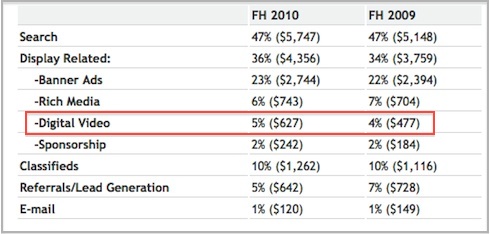When developing a social media strategy it's important to consider the importance of transparency: Clear and open communication with clients by members of staff at all levels.
Unfortunately there are times when this isn’t appropriate. There are hierarchies of information and responsibility in any company, which means social media expansion often requires a clear policy so that anyone with access to social media (which means everyone) stays on message and doesn’t accidentally destroy a lovingly crafted campaign with an ill-advised tweet.
In order to roll out a social program across an entire company, you need to train and educate across your organization, and a properly honed policy is a good way to begin.
Here area few quick points to consider when putting together a general use policy that will help you ensure maximum engagement and minimum risk.
Get everyone involved
Make sure you communicate exactly how and where your company is utilizing social media.
Your employees should know what is considered acceptable in terms of tone and information, and ensure you inform the entire chain of command as well. Line managers need to know that you approve of staff using social media according to guidelines you’ve set.
If you haven’t used social media before or have restricted access to sites then this becomes doubly important.
Make sure there’s no room for any misunderstandings by clearly communicating and stating what you are trying to achieve through social.
Don’t scare people away
At some point you will need to consider the legal ramifications of social engagement; Copyright, privacy issues, sensitive information and disclosure rules will all need to be covered, but if you focus on these too much then your policy will be weighed down with rules and regulations and will discourage staff from interacting.
Instead, consider the policy a chance to run some cross-company training and to educate your staff in best practice.
Any form of open communication has a certain amount of risk associated with it, but you can minimize this by taking time to provide proper training.
Don’t be too specific
While it’s important to be clear, there are several basic rules for social media that it’s important to follow.
Make sure staff know the importance of tone and of transparency. You really don’t want staff posting under different names or fake identities on forums for example – they WILL get found out, so make sure you tell them you disapprove of black hat tactics from the get go.
Simple instructions about listening, considering and responding in an open manner count on every network, so institute a policy that values good ‘social citizenship’.
Think attitude first, tools and tech second.
Choose (and learn about) your weapons
Now you can think about tools. Outline which platforms you are using and publish step-by-step guides for each, covering points like engagement, tone, and basic etiquette.
The rules of engagement on Twitter are very different to those on LinkedIn, and individual forums often have their own rules of behavior and different acronyms in play, so make sure employees are aware of this.
You should also focus on the importance of personalization.
This will help you provide relevant content to your audience and will shorten the time you take to engage, while reducing the risk that your staff will (knowingly or unknowingly) be seen as spammers.
Talk slowly and use big words
Seriously, don't patronize staff, but do make sure everyone can understand your policy.
If you have employees who aren’t used to technical or marketing terminology then don’t use them.
There may be some legal terms that you can’t edit out, but make sure the whole thing is easy to read and follow. Wherever possible add examples so there’s no room for error and make sure you reiterate why each rule is required.
You don't have to over-simplify, but make sure your policy is written in plain English and shows that you trust staff to use their own judgment.
Integration occasionally requires segregation
Finally, it's worth remembering that a social media strategy isn't a standalone undertaking. It will need to fit snugly with your overall business strategy, so take time to consider why you are using social media and it's overall value proposition.
It's also worth looking at your overall company structure. While ideally social media should be utilized by every department, those departments may have different procedures that don't fit the same pattern, meaning you'll need to tweak policy to fit with HR, Customer Service, Marketing - anywhere you interact externally.
Make sure you consider parent strategies carefully before leaping in with a one size fits all strategy.








